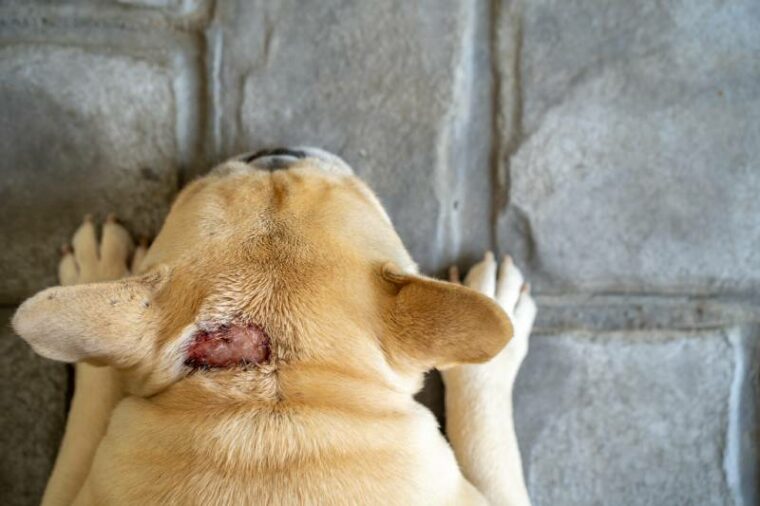
Click to Skip Ahead
Hot spots, known in veterinary circles as acute moist dermatitis, are spots of skin infection that primarily affect dogs. Hot spots are inflamed, itchy, oozing patches of skin that have developed a bacterial infection. They can appear quickly and are not always easy to identify in long-coated dogs, though scratching at a site repeatedly can be a giveaway.
If your dog is prone to hot spots, or you’ve found one on their skin, follow this guide to get it under control and prevent them from popping up in the future.
Causes of Hot Spots
Anything that causes itchiness can lead to a hot spot. The itchiness and inflammation cause the dog to scratch, which unfortunately makes things itchier, and the cycle can quickly lead to a hot spot.
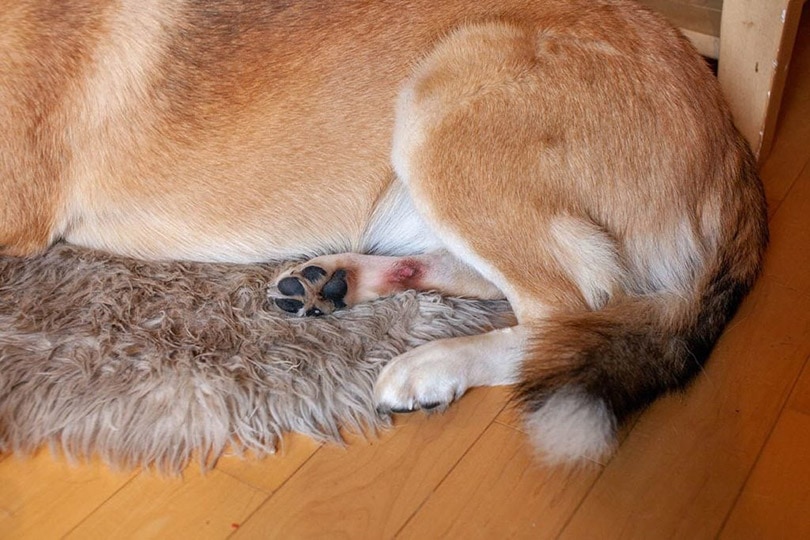
Top 6 Treatments of Hot Spots in Dogs
1. Clip the Hair
Here, it helps to have a good set of electric clippers. Pet-friendly clippers are best and are also a more hygienic option than using your own clippers. The objective of clipping is to get rid of all the hair over the hot spot. This means clipping until you can no longer see unhealthy skin—that red, crusty patch—and there is a ring of normal skin around the hot spot. Clipping hair allows you to clean the hot spot and also allows air to aid in healing.
2. Apply a Gentle Shampoo
Shampoos with an antiseptic, such as chlorhexidine, work particularly well for hot spots. Antiseptics help with the bacterial infection. Malaseb is a great option for hot spots, but any gentle dog-friendly shampoo can be used. The idea is to clean off any dirt or grime and provide some relief to the angry skin. Your dog doesn’t have to have a full bath—you can just apply the shampoo to the affected skin.
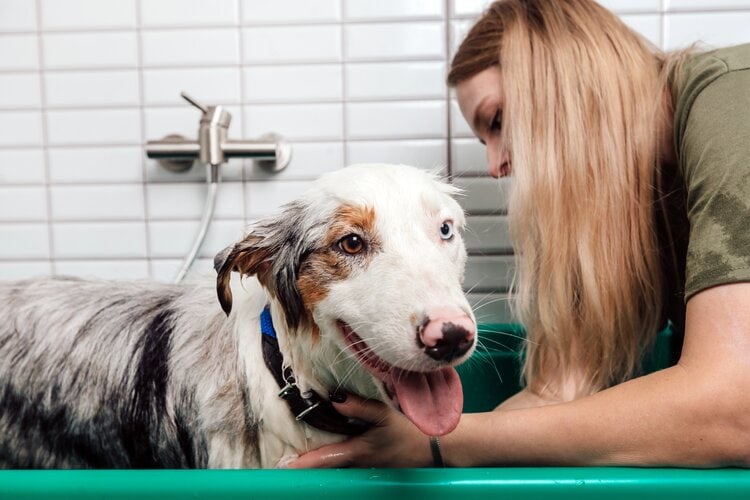
3. Leave for 15 Minutes
If you’re using an antiseptic shampoo, it’s a good idea to leave it on for around 15 minutes. This gives the antiseptic time to work on the unhealthy skin.
4. Rinse and Dry Thoroughly
Most shampoos and antiseptics shouldn’t be left on the skin for more than an hour. Using either warm or cold water, rinse off the shampoo, then dry the skin thoroughly. The drier, the better—remember, hot spots can be exacerbated by moisture.
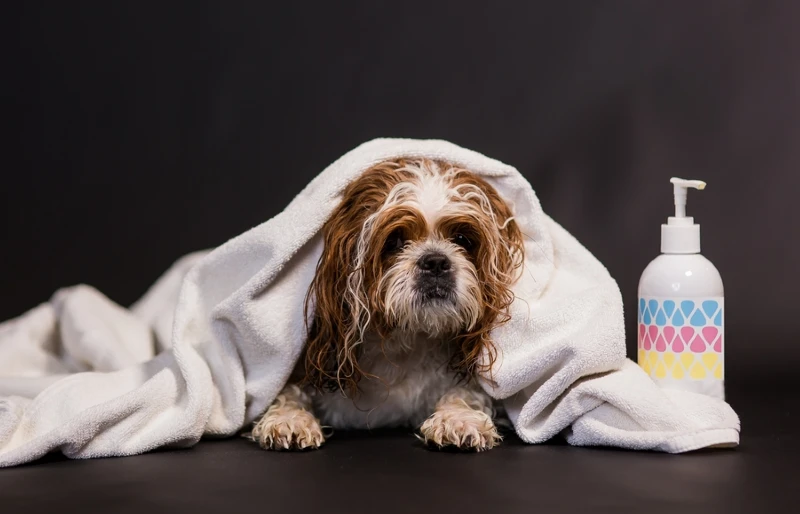
5. Apply a Vet Recommended Cream
Creams that contain an anti-bacterial and anti-inflammatory are the cornerstone of treating hot spots. These can be purchased online or after arranging a consultation with your veterinarian. Neocort and Apex Lotion are two good options that can be purchased without a prescription. It’s best to apply the cream onto dry skin, so avoid doing this immediately after the shampoo.
6. Consider Using an Elizabethan Collar
If the hot spot is around the neck or head, most dogs will scratch at the itchy spot incessantly. Of course, what dogs don’t know is that the scratching is actually making things worse! This prevents healing by creating trauma and allows the bacteria to proliferate. An Elizabethan collar can help stop your dog from scratching while the hot spot is healing.
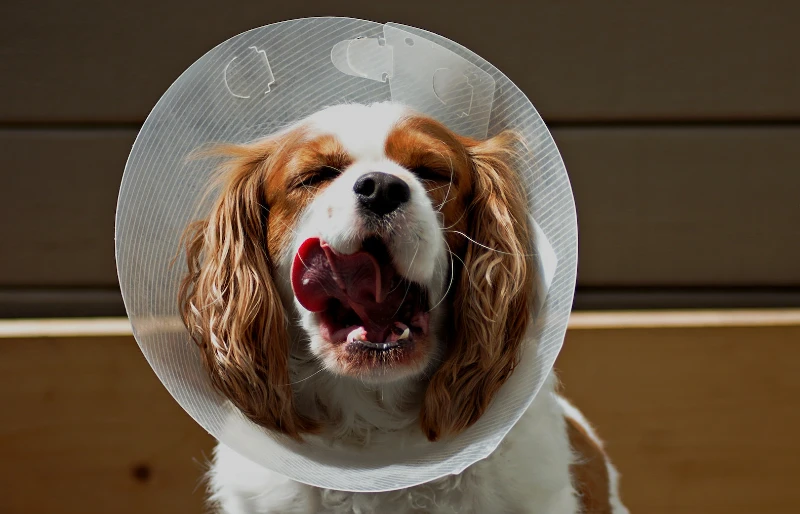
Top 5 Tips to Prevent Hot Spots in Dogs
1. Keep the Coat as Dry as Possible
Skin and hair that stays wet is prone to developing hot spots. This is because moisture and dirt create a good environment for bacteria to thrive, and bacteria make skin inflamed and itchy. But dogs need to be dogs, and most dogs love swimming. If your dog is a swimmer, or even just enjoys a frolic in the water, it helps to dry them with a towel as best you can afterward.
2. Regular Baths
Regular baths with a gentle oatmeal shampoo help maintain a healthy skin barrier.
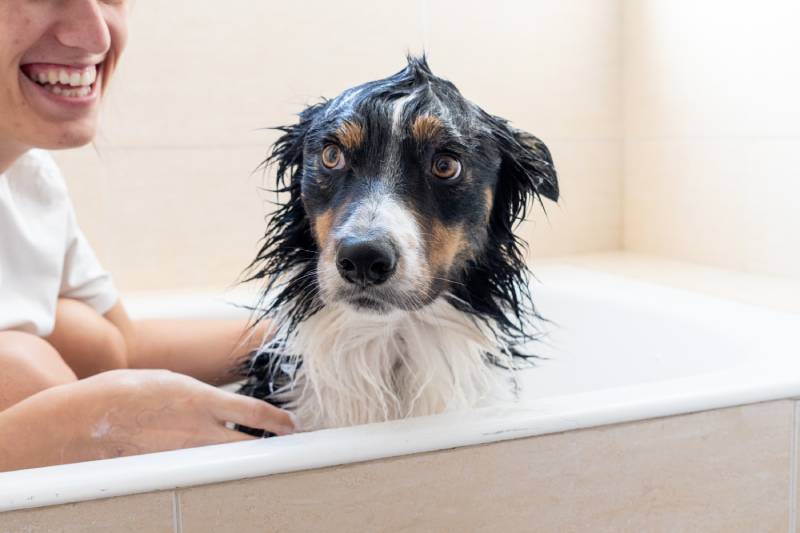
3. Early Identification
If you notice a small itchy spot, or what looks like the beginnings of a hot spot, early treatment is best. Hot spots go from small to big surprisingly quickly. So, if your pup is known to get hot spots, and you notice him or her scratching at a certain spot, get out the clippers and start investigating!
4. Anti-itch Medications
Some dogs get hot spots due to underlying skin allergies—vets will call this atopic dermatitis. If this is the case, anti-itch medications will help stop the itchiness that often “triggers” hot spots. These medications need to be dispensed or prescribed by a veterinarian, so always discuss this option with your vet.
Conclusion
Hot spots can appear quickly and cause dogs a significant amount of discomfort. Thankfully, the prognosis for resolving them is always good. If you’re not familiar with hot spots, it helps to visit a veterinarian. They’ll examine your dog, discuss possible underlying causes, and plan appropriate treatment. If your dog has had hot spots previously, and you think it can be managed at home, follow the above guide.
If the hot spots aren’t going away, consult your veterinarian, as sometimes oral antibiotics and anti-inflammatories are required
Featured Image Credit: Tienuskin, Shutterstock








